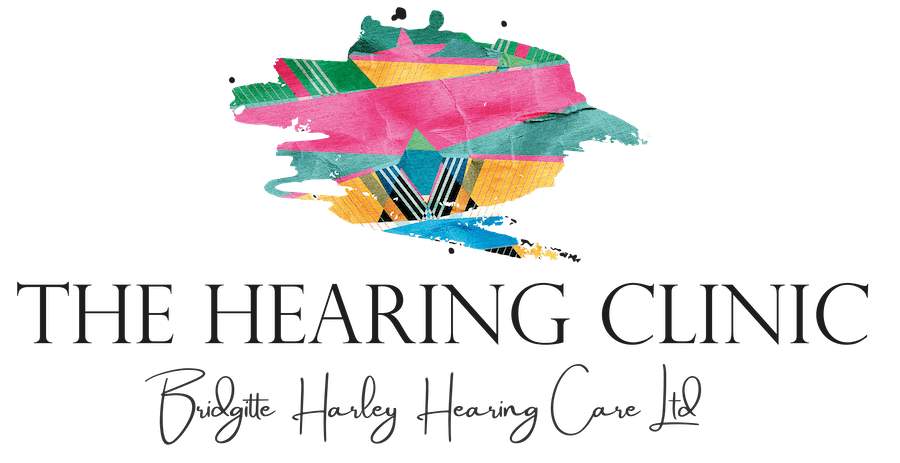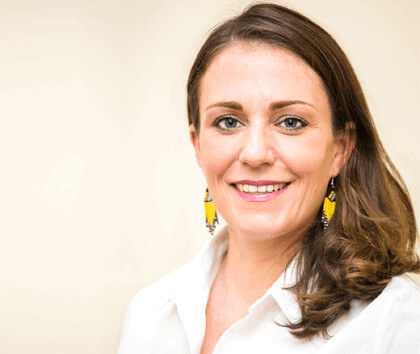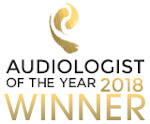Hearing loss found in ancient bones
Today, 17th July, marks the beginning of the Council for British Archaeology’s Festival of Archaeology – a two-week long celebration of the fascinating layers of history that lie under our feet.
What’s that got to do with hearing, you say? Well, it got us thinking about what life was like for people with a hearing impairment and deafness in previous centuries.
What evidence does archaeology give us for lives lived with these challenges in the past?
Ancient evidence of hearing loss
Human remains dating back thousands of years and found by archaeologists in the famous Shanidar Cave in Iraq show evidence of possible conductive hearing loss. Several of the skeletons dating back over 10,000 years have bony growths in their ear canal severe enough to have impacted their hearing. A Neanderthal skeleton dating to between 45,000 and 35,000 years ago, found in the same cave system, has similar growths.
Whether this was a genetic predisposition in ancient human populations, a mutation shared by a family group, or caused by the far harsher lives that they would have lived – exposed to cold winds and rain – we may never know. What we do know is that our ancient ancestors lived with hearing impairment.
The Egyptian solution to wax build up?
From 10,000 years ago, to 3,500 years ago, one of the earliest written records of hearing loss is from an ancient Egyptian papyrus that appears to offer a remedy for wax build up. Sufferers had to put up with olive oil, red lead, ant eggs, bat wings and goat urine being injected into their ears. While they were on the right lines with the olive oil, which we still use today to soften ear wax prior to its removal, the icky other remedies were way off the mark!
Ancient Egyptian mummies are also a fantastic source of information about ancient people’s hearing: the mummy of Pum II has a perforated eardrum, for example.
A dark time
Unfortunately it looks like influential thinkers like Plato had a lot to answer for in the treatment of deaf people. He wrote that the ability to reason was linked with the ability to speak, so people who were deaf from birth, and never learnt to speak, were considered to be unintelligent – it was an attitude that stuck for centuries.
People who developed age-related hearing loss seemed to come off better. In the sixteenth and seventeenth centuries Italian innovators were producing rudimentary hearing aids to help people hear better. The ear trumpet was developed by a pupil of Galileo.














